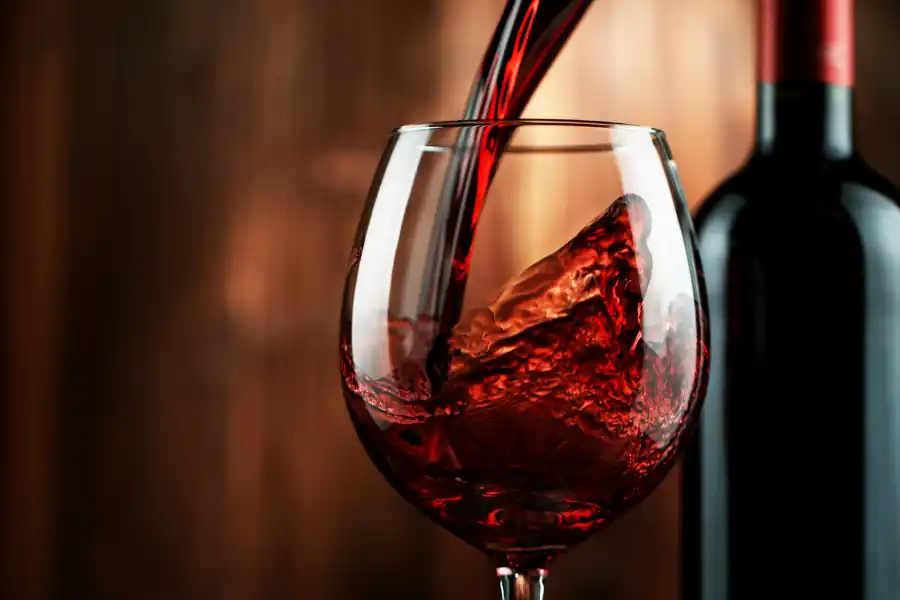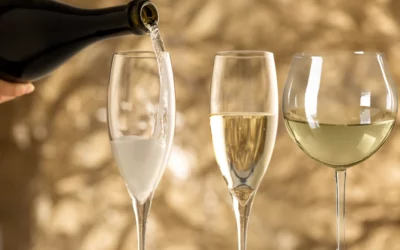
Defining the taste of wine can be a subjective and personal experience, but here are some general aspects to consider when describing the taste of wine:
Flavor Profile: Consider the primary flavors present in the wine, such as fruit flavors (e.g., citrus, berry, tropical), floral notes, herbal or earthy undertones, and any secondary flavors like oak, vanilla, or spice.
A glass of wine reveals a thousand stories, and a skilled taster becomes the eloquent storyteller
Acidity: Assess the level of acidity in the wine, which can range from crisp and refreshing to high and tangy. It contributes to the wine’s overall structure and can be described as tart, lively, or bright.
Tannins: For red wines, evaluate the tannins, which create a dry and astringent sensation in the mouth. They can range from soft and velvety to firm and gripping, adding texture and complexity to the wine.
Sweetness: Determine the level of sweetness, ranging from bone-dry to off-dry, semi-sweet, or sweet. This is particularly relevant for white wines and dessert wines.
Body: Consider the weight and texture of the wine on the palate. It can be light-bodied, medium-bodied, or full-bodied, indicating the overall richness and viscosity of the wine.
Balance: Assess how well the various components of the wine (acidity, tannins, sweetness) harmonize together. A well-balanced wine has all these elements integrated seamlessly, creating a pleasant and cohesive overall taste.
Finish: Pay attention to the lingering flavors and sensations that remain in the mouth after swallowing. This can range from short and crisp to long and lingering, providing insight into the wine’s complexity and quality.


Remember, the language used to describe wine can be subjective and varied. Feel free to use terms that resonate with your own palate and experiences, and don’t hesitate to rely on comparisons to familiar tastes or aromas to help convey your impression of the wine.
You may consider some additional gyan to know about taste of wine and how to taste the wine.



0 Comments